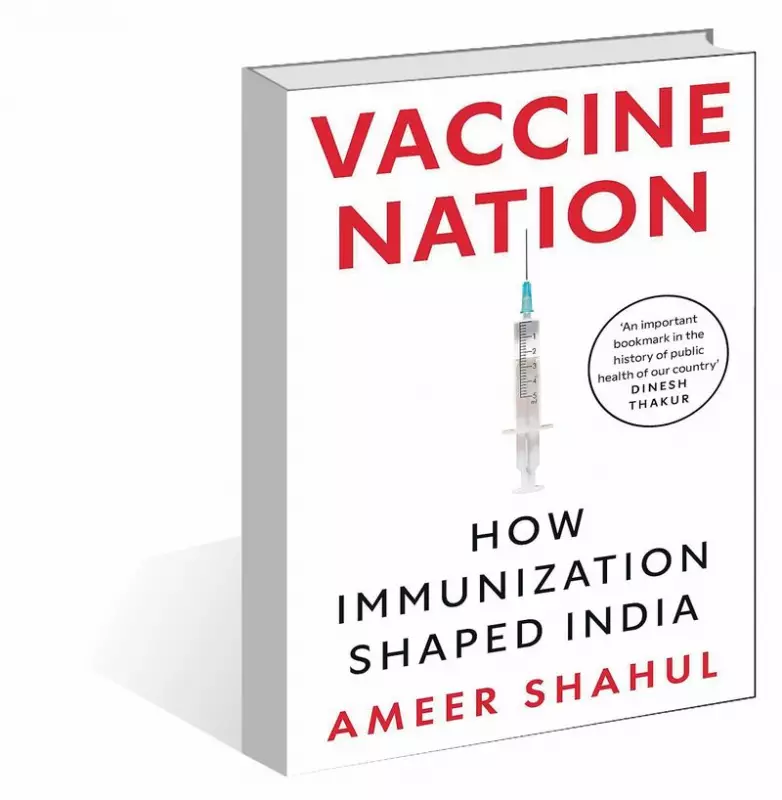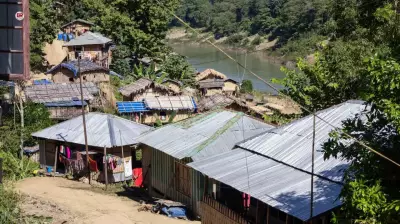
India's extraordinary journey from struggling with vaccine shortages to becoming a global immunization powerhouse has been meticulously documented in Ameer Shahul's groundbreaking book, 'Vaccine Nation: India's Immunization Story.' This comprehensive account reveals how the nation transformed its public health landscape through determined policy-making and scientific innovation.
The Historical Context of India's Vaccination Challenges
For decades following independence, India faced monumental challenges in protecting its children from preventable diseases. The country grappled with limited vaccine production capacity, inadequate cold chain infrastructure, and vast geographical barriers that made universal immunization seem like a distant dream. By the 1970s, India was producing only 10% of the DPT vaccines it needed, forcing heavy reliance on international imports that often arrived too late or in insufficient quantities.
The situation reached a critical point when foreign manufacturers began withdrawing from the Indian market, creating an urgent need for the country to develop self-sufficiency in vaccine production. This crisis became the catalyst for one of the most remarkable public health transformations in modern history. The book details how Indian scientists and policymakers rose to this challenge against overwhelming odds.
The Turning Point: India's Immunization Revolution
The establishment of the Universal Immunization Programme (UIP) in 1985 marked a watershed moment in India's public health history. This ambitious program aimed to protect all infants against six deadly diseases: tuberculosis, diphtheria, pertussis, tetanus, polio, and measles. What followed was an unprecedented scaling up of vaccination infrastructure and delivery systems across the country's diverse landscape.
Shahul's research highlights the crucial role played by institutions like the Pasteur Institute of India in Coonoor and other public sector units that formed the backbone of the nation's vaccine production capacity. The book chronicles the dedicated efforts of countless healthcare workers who braved challenging conditions to reach remote villages and urban slums alike, ensuring that no child was left behind in this massive undertaking.
One of the most compelling aspects documented is India's journey toward polio eradication. Through meticulous planning and execution of pulse polio immunization campaigns, India eventually achieved polio-free status in 2014—a feat once considered impossible given the country's population density and sanitation challenges.
Modern Triumphs and Future Directions
The book doesn't shy away from examining both the successes and shortcomings of India's immunization program. It provides a balanced perspective on how the country overcame initial setbacks to develop robust systems for vaccine research, production, and distribution. Today, India manufactures about 60% of the world's vaccines and supplies them to more than 150 countries through its Mission Indradhanush program.
Recent achievements include the rapid development and deployment of COVID-19 vaccines, which demonstrated India's matured capabilities in responding to public health emergencies. The book also explores how digital technologies like the Electronic Vaccine Intelligence Network (eVIN) have revolutionized vaccine logistics management, ensuring optimal storage temperatures and reducing wastage.
Looking ahead, 'Vaccine Nation' discusses the ongoing challenges and opportunities in India's immunization landscape, including the integration of new vaccines into the national program and addressing vaccine hesitancy through improved communication strategies. The work stands as both a historical record and a roadmap for future public health initiatives.





